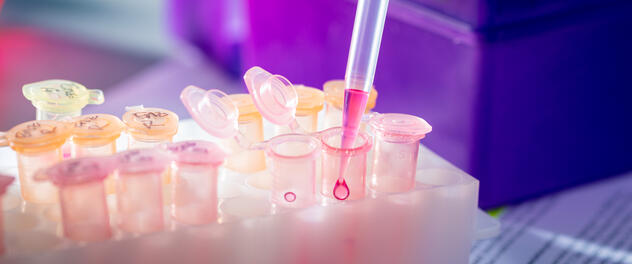 Searching for cures
Searching for cures
Dr. Kita's lab is studying the immunological mechanisms behind many common allergic diseases, including asthma, hay fever, atopic dermatitis, chronic sinusitis, food allergies and drug allergies.
Overview
Led by principal investigator Hirohito Kita, M.D., the Allergic Diseases Laboratory investigates the immunologic mechanisms of many common allergic diseases. These diseases include asthma, hay fever, food allergies, drug allergies, atopic dermatitis, which also is called eczema, and chronic sinusitis, which also is called chronic rhinosinusitis.
Our long-term goal is to find new treatments and ultimately cures for these diseases.
Accomplishing our goal requires a better understanding of the immunological mechanisms that produce symptoms. Our lab focuses on studying eosinophils and immune cells, such as Th2-type CD4+ T (Th2) cells, T-regulatory (Treg) cells, T follicular helper (Tfh) cells, innate lymphoid cells (ILCs), and dendritic cells (DCs).
Major questions we're studying include:
- What are the molecular mechanisms involved in eosinophil activation and degranulation?
- How are Th2 cells, Tfh cells, ILCs and DCs involved in the development and worsening of allergic diseases?
- How do Treg cells prevent these diseases? How can Treg cells be leveraged to prevent and treat allergic diseases?
- How are mucosal barrier cells, such as airway epithelial cells, involved in the pathogenesis of allergic diseases?
- How do environmental factors, such as allergens and irritants, affect the functions of these immune cells?
- How do immune cells in people with allergic diseases behave differently from immune cells in people without allergic diseases?
- Which pharmacological and biological treatments are effective for treating allergic diseases, and how can their efficacy and safety be improved?
Our lab also provides laboratory-based training for resident physicians in the Division of Allergic Diseases and for physicians in the Department of Otolaryngology (ENT)/Head and Neck Surgery. We provide research training and education for graduate students through the Department of Immunology. We have had a training grant in allergic diseases from the National Institutes of Health (NIH) since the early 1980s.